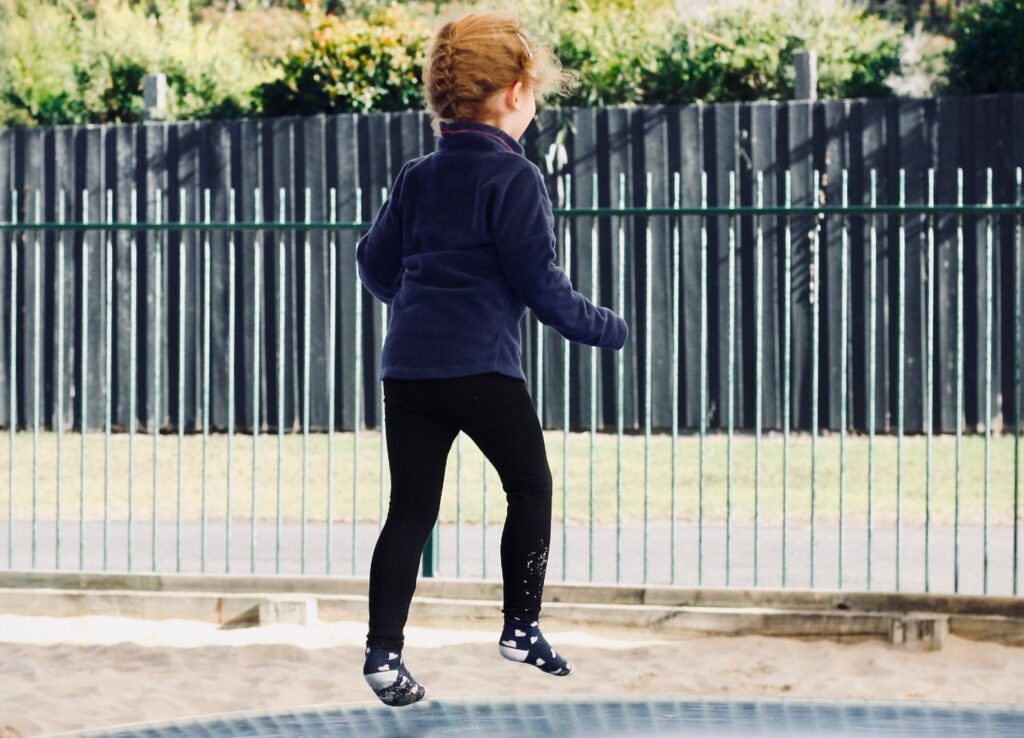There are many different terms in the world of neuro-diversity but what are autism stims?
We explain and give examples below.
Examples of autism stims
As parents, we all want the very best for our children.
We cherish their individuality and strive to create a nurturing environment where they can thrive.
If your child is on the autism spectrum, you may have noticed some behaviours that seem repetitive or unusual to you.
These behaviours, known as autistic stims or self-stimulatory behaviours, are an integral part of how autistic individuals navigate the world around them.
In this article, we will explore what autistic stims are, why they occur, and how we can embrace and support our children’s unique expressions.

Below are some examples of stims associated with autism.
Hand-flapping: Rapidly waving or flapping the hands, often with fingers extended or loosely curled.
Rocking: Moving back and forth while sitting or standing, sometimes accompanied by vocalizations.
Spinning: Rotating the body in circles, either in place or while moving around a room.
Flicking fingers: Repeatedly flicking the fingers, often in front of the eyes or in a specific pattern.
Humming or vocalising: Producing repetitive sounds, tunes, or phrases.
Tapping or drumming: Rhythmically tapping objects, surfaces, or body parts.
Rubbing or stroking: Running hands or objects against certain textures or surfaces for sensory stimulation.
Humping: A tricky stim to deal with, some autistic children like to hump objects or people.
Pacing: Walking or running back and forth in a particular area or along a specific path.
Finger or hand movements: Making intricate or repetitive movements with the fingers or hands, such as wiggling, wringing, or twirling.
Body tensing or pressure: Applying pressure to certain body parts, such as squeezing or hugging oneself tightly.
Please note that this is not an exhaustive list, as autistic stims can vary greatly from person to person.
It’s important to remember that each individual may have their own unique set of stims that bring them comfort and help them regulate their sensory experiences.
Why do autistic people often stim?
Stimming serves as a way for autistic individuals to regulate their sensory experiences and emotions.
It helps them manage overwhelming sensations, reduce anxiety, and create a sense of comfort and predictability.
By engaging in repetitive movements or vocalisations, they can find solace and establish a sense of control in a world that often feels chaotic or unpredictable to them.
It is important to understand that stimming is not automatically a negative behaviour that needs to be suppressed or eliminated.
Instead, the behaviours can be viewed as a valuable and natural expression of your child’s neurodiversity.
Just as we all have unique ways of coping with stress or expressing ourselves, autistic stims are a valid and essential part of your child’s identity.
What should parents do about stims?
So, how can we, as parents, support our children’s stims?
First and foremost, we must strive to create an accepting and inclusive environment.
Embrace your child’s stimming as an essential part of who they are, and let go of any judgment or embarrassment you may feel.
Celebrate their uniqueness and encourage them to express themselves freely without fear of judgment.
Additionally, observe your child’s stimming patterns and try to understand the underlying reasons behind them.
Pay attention to the context in which they stim, as it can provide valuable insights into their emotional state.
If you notice that your child tends to stim more when they are overwhelmed or anxious, explore alternative strategies together to help them navigate those challenging situations.
These could include providing a quiet space for them to retreat to, introducing sensory tools like fidget toys or weighted blankets, or practicing deep breathing exercises.
Lastly, it’s essential to seek out communities and resources that can provide you with guidance and support.
Connect with other parents of autistic children, join support groups, or consult with professionals who specialise in autism.
By building a network of understanding and compassionate individuals, you can gain valuable insights and create a stronger support system for both yourself and your child.
Should you stop the stim?
Each form of stimming should be treated on its merits and judged on the impact it is having on the child.
If for example your child’s stim is very disruptive and is having a negative effect on their development, some intervention may be required.
Any intervention however should be staggered and sympathetic to the needs of your child.
The stim could be part of how they cope with a difficult world so to immediately eliminate it would have negative consequences.
We have multiple articles about how to stop stimming behaviour, such as here and here.
If you search for the specific behaviour you’ll likely find some advice on our site.
Parents are always recommended to work closely with teachers and therapists to plot the best strategies.
Summary – What are Autism stims?
Autistic stims are a beautiful expression of your child’s unique neurodiversity.
By embracing and supporting their stimming behaviors, we can help them navigate the world with confidence and self-acceptance.
Let us create a world where all individuals, regardless of their neurology, are celebrated and valued for their authentic selves.

